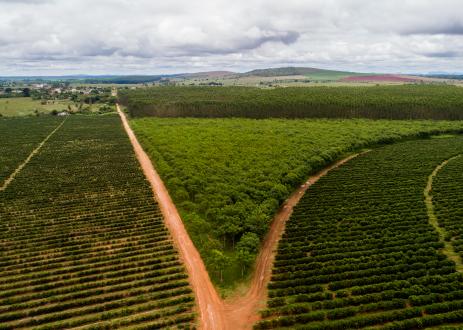全球森林观察水Metadata Document

概要
本文档解释了自然基础设施的基本科学和水的假设,描述了数据层和信息,文档数据源,并详细介绍了用于在全球森林观察水中生成流域风险评分的方法。所有数据和地图均可公开使用。
执行摘要
世界各地的社区面临着不断增长的水危机。水需求激增,水基础设施衰老,土地利用的持续变化以及越来越极端的天气事件促使水管理成本更高。对于较低成本的手段,需要增长充足和清洁水的需求。自然基础设施方法,例如森林保护,流域修复和景观的可持续管理,在与水危机面对面中起着重要作用。随着人们对流域健康与供应足够,清洁水的能力之间的联系的认识,流域利益相关者(水电图,商业,政府和社区)面临许多挑战,并且在探索整合自然基础设施的机会时面临许多挑战和缺乏信息处理水资源的方法。
To fill the gap, the World Resources Institute (WRI) has developed Global Forest Watch Water (GFW Water), a publicly available global interactive mapping tool and database that allow users to glean key information about using natural infrastructure to enhance water security. GFW Water aims to help downstream beneficiaries, financing and development institutions, and civil society and research groups apply natural infrastructure as a strategy to enhance water security and improve watershed management.
现在,任何具有Internet访问的人都可以可视化与流域有关的关键信息和对流域健康的威胁,并筛选基于流域特征和风险配置文件的具有成本效益,可持续的自然基础设施解决方案。GFW水提供了全球230个主要流域的空间数据集,摘要统计数据和流域风险评分。它还允许用户找到和划定子波进行分析。GFW水是计划自然基础设施计划的资源的门户,包括出版物,准则,决策支持框架和案例研究。
Finally, GFW Water scores each watershed’s ability to deliver critical ecosystem services based on its exposure to four key watershed risks: (1) recent forest loss; (2) historical forest loss; (3) erosion; and (4) fire. The risks are considered in the context of each watershed’s baseline water stress. The results show that watersheds around the world face different types of risks at varying degrees. Further assessment and appropriate management response are warranted for watersheds with high-risk scores.
本文档解释了自然基础设施的基本科学和水的假设,描述了数据层和信息,文档数据源,并详细介绍了用于在GFW水中生成流域风险评分的方法。所有数据和地图均可公开使用。
